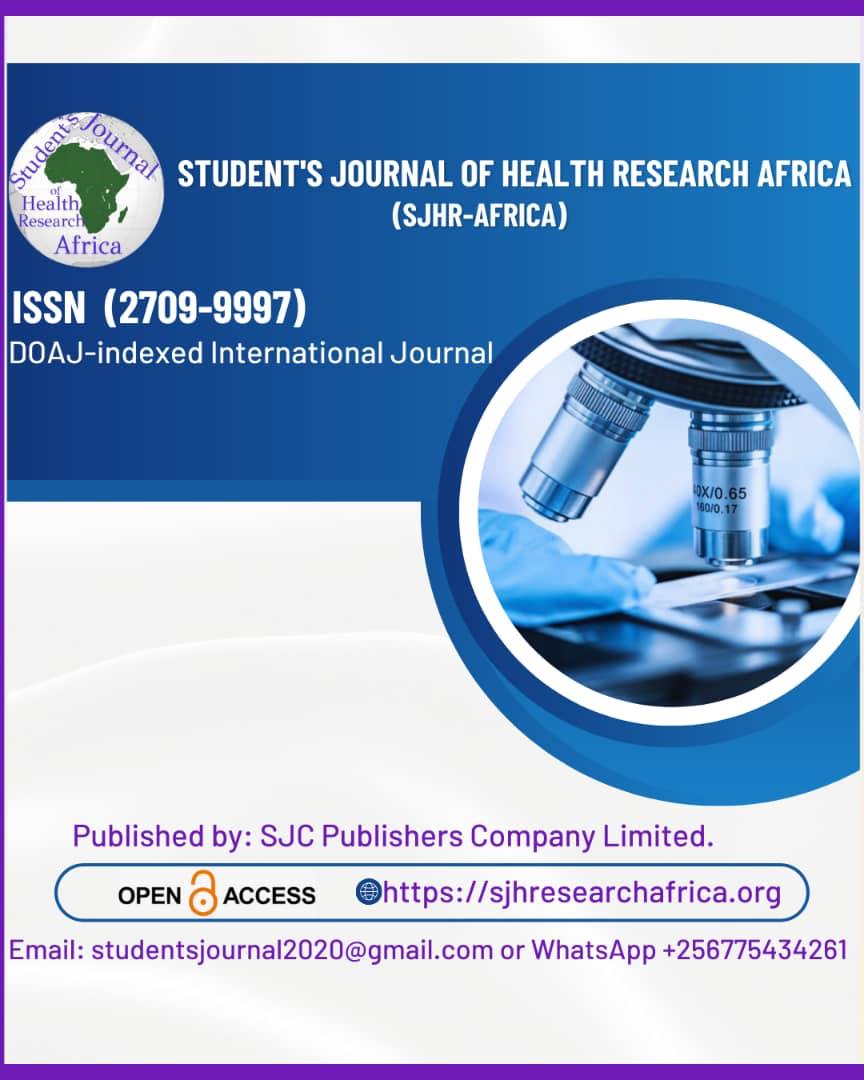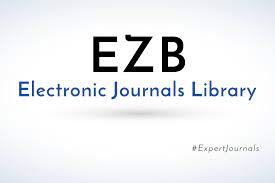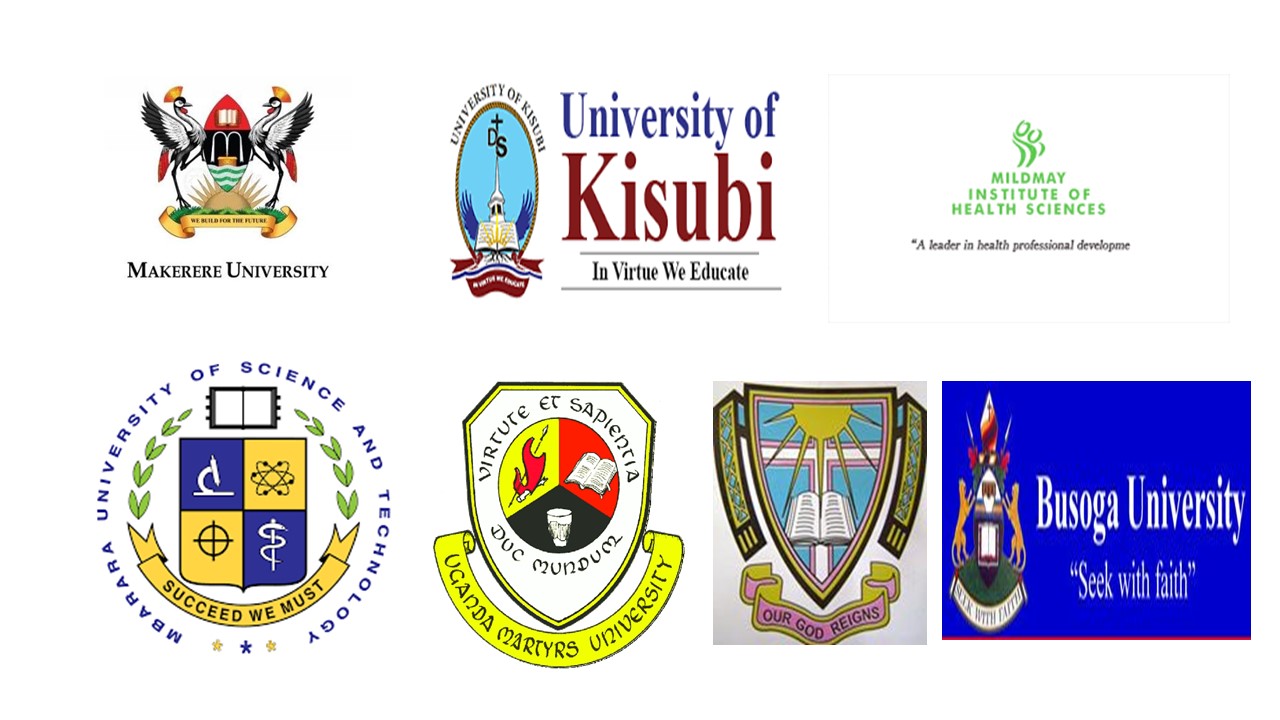CROSS-SECTIONAL STUDY OF FACTORS PREDICTING CONVERSION FROM LAPAROSCOPIC TO OPEN CHOLECYSTECTOMY.
DOI:
https://doi.org/10.51168/sjhrafrica.v6i6.1834Keywords:
Laparoscopic cholecystectomy, open cholecystectomy, conversion rate, predictive factors, gallstonesAbstract
Background
Laparoscopic cholecystectomy (LC) has become the gold standard procedure for the surgical management of gallstone disease due to its minimally invasive nature and faster recovery. However, conversion to open cholecystectomy (OC) is occasionally required in technically difficult cases, “potentially leading to increased morbidity, prolonged hospitalization, and higher healthcare costs. Identifying the factors associated with such conversions is essential for optimizing surgical outcomes and patient safety.
Objective
This study aims to determine the demographic, clinical, sonographic, and intraoperative factors that predict conversion from laparoscopic to open cholecystectomy in patients undergoing elective surgery for gallbladder disease.
Methods
The General Surgery Department of Rajendra Institute of Medical Sciences (RIMS), Ranchi, undertook this cross-sectional observational study. Based on inclusion and exclusion criteria, 100 elective laparoscopic cholecystectomy patients were included. Age, sex, BMI, clinical history, ultrasonographic findings, and intraoperative observations were gathered using a structured proforma. Conversion to open cholecystectomy was the main result. Statistical analysis used chi-square, t-tests, and multivariate logistic regression with a significance level of p < 0.05.
Results
Total conversion was 18%. In particular, 30% of patients over 50, 40.9% of those with BMI >30, and 27.8% of those with acute cholecystitis converted. Sonography showed conversion in 36.7% with gallbladder wall thickness >3 mm and 38.9% with pericholecystic fluid. Distorted Calot's triangle converted 50% and dense adhesions 42.9% intraoperatively. Significant predictors include age >50 (p=0.01), BMI >30 (p=0.002), acute cholecystitis history (p=0.006), gallbladder wall thickness >3 mm (p=0.001), and extensive intraoperative adhesions (p<0.001). These findings indicate that preoperative and intraoperative factors greatly influence conversion.
Conclusion
Identification of high-risk patients through thorough preoperative evaluation can facilitate surgical planning and improve outcomes. Incorporating predictive models into routine clinical practice may help reduce unnecessary conversions and associated complications.
References
Ali, G., Zeb, M., Khattak, A., Khan, R., Dawar, M. K., Zaman, K., ... & Khan Sr, R. (2024). Frequency and Predictors of Conversion From Laparoscopic to Open Cholecystectomy: A Single-Center Observational Study. Cureus, 16(12).
https://doi.org/10.7759/cureus.76327 PMid:39850183
Nouh, T., Alanazi, F., Abunayan, A. S., Alsaadoun, A. F., Alsehly, M. A., Almanie, M. A., ... & Altuwaijri, T. A. (2019). Factors affecting conversion from laparoscopic cholecystectomy to open cholecystectomy at a tertiary care facility in Saudi Arabia: a cross-sectional study. International Surgery, 104(3-4), 166-170.https://doi.org/10.9738/INTSURG-D-19-00025.1
Magnano San Lio, R., Barchitta, M., Maugeri, A., Quartarone, S., Basile, G., & Agodi, A. (2022). Preoperative risk factors for conversion from laparoscopic to open cholecystectomy: a systematic review and meta-analysis. International journal of environmental research and public health, 20(1), 408.https://doi.org/10.3390/ijerph20010408 PMid:36612732 PMCid:PMC9819914
Komar, M. H., & Imanuddin, K. A. (2024). Predicting Conversion to Open Cholecystectomy: A Validation Study of the Difficult Laparoscopic Cholecystectomy Scoring System. Bioscientia Medicina: Journal of Biomedicine and Translational Research, 8(12), 5593-5606.https://doi.org/10.37275/bsm.v8i12.1137
MD, T. (2018). Validation of a scoring system to predict difficult laparoscopic cholecystectomy: a one-year cross-sectional study. Journal of the West African College of Surgeons, 8(1), 23.
Bhandari, T. R., Khan, S. A., & Jha, J. L. (2021). Prediction of difficult laparoscopic cholecystectomy: An observational study. Annals of medicine and surgery, 72, 103060.https://doi.org/10.1016/j.amsu.2021.103060 PMid:34815866 PMCid:PMC8591467
Ary Wibowo, A., Tri Joko Putra, O., Noor Helmi, Z., Poerwosusanta, H., Kelono Utomo, T., & Marwan Sikumbang, K. (2022). A Scoring System to Predict Difficult Laparoscopic Cholecystectomy: A Five‐Year Cross‐Sectional Study. Minimally Invasive Surgery, 2022(1), 3530568. https://doi.org/10.1155/2022/3530568 PMid:36110248 PMCid:PMC9470297
Baral, S., Thapa, N., Babel, S., Poudel, S., & Chhetri, R. K. (2024). Assessment of G10 intraoperative scoring system for conversion in patients undergoing laparoscopic cholecystectomy: a cross-sectional study from Nepal. Cureus, 16(3).
https://doi.org/10.7759/cureus.55392 PMid:38562316 PMCid:PMC10984243
Nassar, A. H., Zanati, H. E., Ng, H. J., Khan, K. S., & Wood, C. (2022). Open conversion in laparoscopic cholecystectomy and bile duct exploration: subspecialisation safely reduces the conversion rates. Surgical endoscopy, 1-9.
https://doi.org/10.1007/s00464-021-08316-1
PMid:33528666 PMCid:PMC8741693
Amer, S. B., Badawneh, L., Almemeh, L., Wasfi, G., AL-Omari, A. A. R., Abuzaid, L., ... & Abu-Aleigeh, S. (2024). Key Predictors of Intraoperative and Postoperative Complications in Laparoscopic Cholecystectomy: Insights from a Jordanian Cross-Sectional Study. medtigo Journal, 2(4).https://doi.org/10.63096/medtigo30622424
Harish Nandagopal, J., Janugade, H. B., & Katkar, A. (2023). Exploring Factors Influencing the Transition from Laparoscopic to Open Cholecystectomy. Azerbaijan Pharmaceutical and Pharmacotherapy Journal, 22, 15-17.
https://doi.org/10.61336/appj/22-2-05
Mikwar, Z. A., Aljadani, F. F., Neazy, F. A., Alsaadi, N. H., Alzahrani, M. A., Alotaibi, A. K., & Awadh, A. (2024). The Conversion Rate of Laparoscopic Cholecystectomy to Open Cholecystectomy at KAMC-JEDDAH, Saudi Arabia: Prevalence and Causes. Saudi Arabia: Prevalence and Causes. https://doi.org/10.2139/ssrn.4714593, PMid:39050302 PMCid:PMC11267824
SUBHAN, S., & AKBAR, F. (2025). USE OF G10 SCORING SYSTEM TO PREDICT DIFFICULT LAPAROSCOPIC CHOLECYSTECTOMY AND CONVERSION TO OPEN CHOLECYSTECTOMY. Pakistan Journal of Intensive Care Medicine, 5(01), 53-53.https://doi.org/10.54112/pjicm.v5i01.53
Acharya, B., Dulal, S., Yadav, B., Aryal, S., Sarraf, S. K., Subedee, A., ... & Gole, S. L. (2024). Preoperative Prediction of Difficult Laparoscopic Cholecystectomy using Risk Score for Conversion from Laparoscopic to Open Cholecystectomy: An Observational Study. Journal of Institute of Medicine Nepal, 46(2), 43-48.https://doi.org/10.59779/jiomnepal.1295
Iftikhar, N., Naeem, M., Ansari, S. S., & Shaikh, A. R. (2023). Frequency of Conversion of Laparoscopic Cholecystectomy to Open Cholecystectomy in a Low-Middle-Income Country. J Community Med Public Health, 7(356), 2577-2228.
Downloads
Published
How to Cite
Issue
Section
License
Copyright (c) 2025 Dr. Anil Kumar Kamal, Deepak Kumar, Dr. Samir Toppo, Dr. Kumar Gaurav, Dr. Kamlesh Kumar, Dr. Krishan Kumar, Dr. Archana , Dr. Ranjeet Kumar Rajak

This work is licensed under a Creative Commons Attribution-NonCommercial-NoDerivatives 4.0 International License.






















